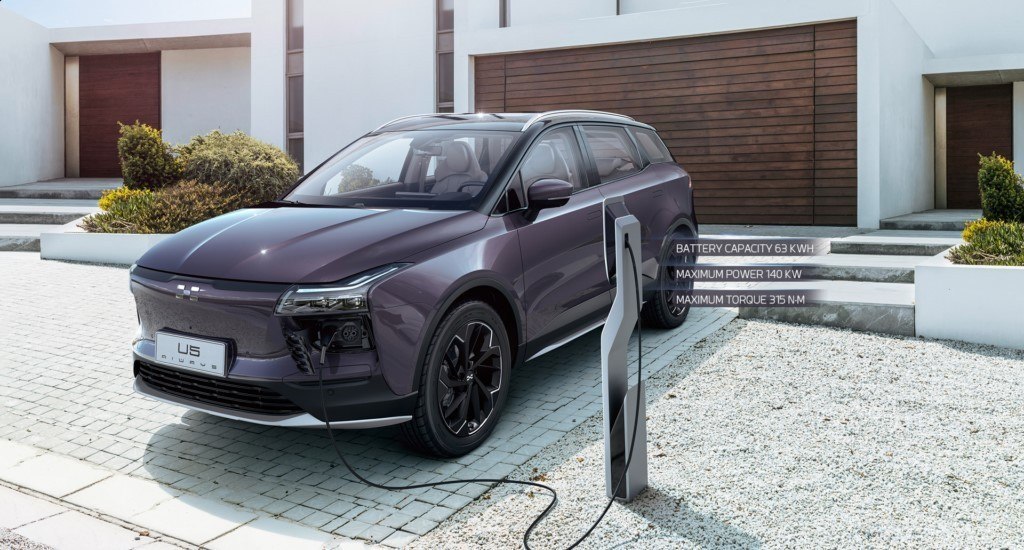Read The Full Article On: News
A car and a truck parked – In transparency, we see the batteries of the electric carin transparency, we see the traditional pickup engine and the fuel tank- Pan to the battery of the electric car- Wide shot of the accumulators- Close-up on an accumulator and batteries – Drawing of the motor with rotor and stator- Accumulators and rear axle assembly plan of the car – The motor runs and sends energy to the wheels- The rear wheels rotate- The car seen from the side with a more or less intense band of electricity- Car seen from the side with the symbol of a house, a petrol station and a car park- A car park with charging stations- Close-up view of a charging socket: symbols of noise, pollution reduction (CO2), mechanical maintenance- Tracking shot in front of a nuclear power plantan open-pit lithium ion mine with trucks- In a garage, a woman waits while her car recharges itself- An accumulator comes out of a recycling bin
Electric vehicles, or EVs, have an electric motor rather than an internal combustion engine.Instead of petrol or diesel, EVs use a lithium-ion, rechargeable battery to create power.The battery consists of a large rack of cells known as a traction battery pack. The pack sends electrical energy to an induction motor.The induction motor has two main parts: the stator… and the rotor.When electrical energy is directed to the stator, a rotating magnetic field is created. This providesthe mechanical energy needed to make the wheels of the car turn.Speed can be controlled by varying the frequency of the power supply to the motor. At present, EVs can be charged at home, at service stations, or in public car parks. A charger is plugged into the EVs charge port. EVs are noise and pollution-free.They are energy-efficient and as they have far fewer moving parts than internal combustion cars, require less maintenance.However, lithium-ion batteries used in EVs are indirectly responsible for pollution, as the electricity is created by coal-fired or nuclear power stations. Also, the mining of lithium has a significant impact on the environment and local communities, especially due to water pollution.Batteries take a long time to charge. They are still expensive to produce and current recycling infrastructureneeds to be improved.

